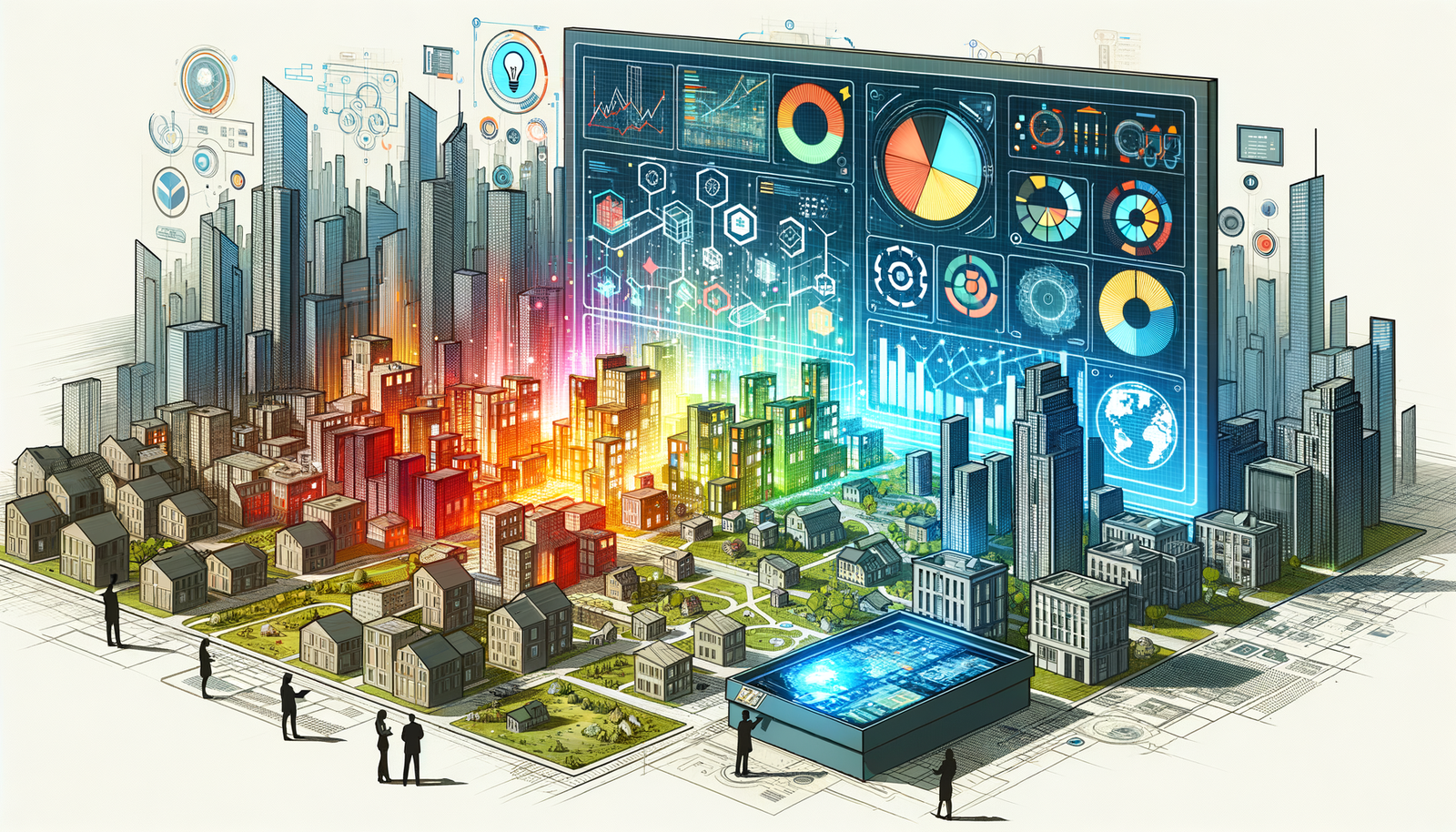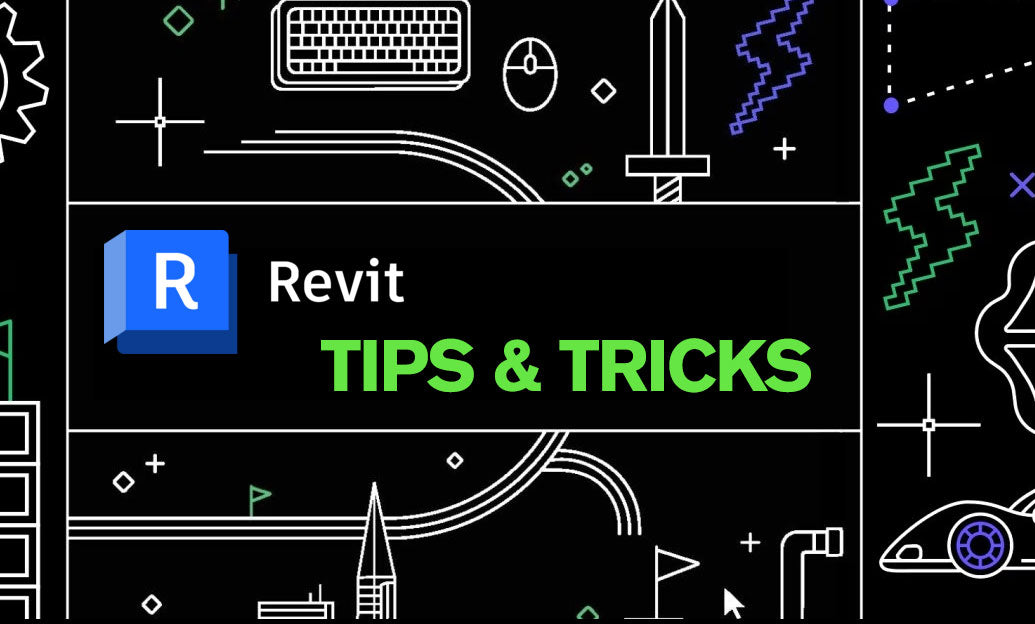Your Cart is Empty
Customer Testimonials
-
"Great customer service. The folks at Novedge were super helpful in navigating a somewhat complicated order including software upgrades and serial numbers in various stages of inactivity. They were friendly and helpful throughout the process.."
Ruben Ruckmark
"Quick & very helpful. We have been using Novedge for years and are very happy with their quick service when we need to make a purchase and excellent support resolving any issues."
Will Woodson
"Scott is the best. He reminds me about subscriptions dates, guides me in the correct direction for updates. He always responds promptly to me. He is literally the reason I continue to work with Novedge and will do so in the future."
Edward Mchugh
"Calvin Lok is “the man”. After my purchase of Sketchup 2021, he called me and provided step-by-step instructions to ease me through difficulties I was having with the setup of my new software."
Mike Borzage
Exploring Digital Urban Planning: Revolutionizing City Development Through Advanced Design Software
June 21, 2024 2 min read


Introduction to Digital Urban Planning
Urban planning, a discipline that shapes the physical configuration of cities and their functionality, has long relied on traditional methods. These methods, while foundational, often struggle with the dynamism and complexity of modern urban environments. The transition to digital and interactive city models represents a pivotal shift in the field. This new approach leverages design software, enabling planners to create more adaptive and responsive urban spaces. The essence of digital urban planning lies in its capacity to transcend the limitations of traditional practices through the use of sophisticated simulations and visualizations, fostering an unprecedented level of detail and accuracy in urban design.
Advancements in Urban Planning Software
The landscape of urban planning software has evolved significantly, offering a suite of features that cater to the nuanced needs of modern city planning. These tools are characterized by their robust capabilities in:
- 3D modeling and visualization
- Geospatial analysis
- Simulation of urban dynamics
- Integration with big data
This evolution is not just theoretical. Various cities globally have already harnessed these digital models to guide their urban development strategies, illustrating a marked improvement in planning efficiency and outcome precision. One of the core advantages of these software platforms is their ability to simulate different scenarios. This capability enables urban planners to anticipate the impacts of their decisions, thereby facilitating informed, data-driven policymaking.
Impact on Sustainable Development and Community Engagement
Digital urban planning plays a crucial role in promoting sustainable development. Through the use of comprehensive analysis tools, planners can assess the environmental impact of proposed projects and identify strategies for mitigation. This proactive approach to sustainability is complemented by the software's ability to foster greater community engagement. Interactive city models have opened new avenues for participatory planning processes, allowing citizens to visualize potential changes and contribute their insights and preferences. This level of involvement is instrumental in creating urban spaces that reflect the collective vision and needs of the community, thereby enhancing the liveability and resilience of cities.
The Future of Urban Planning
The future of urban planning software is poised for transformative growth, with emerging technologies such as AI, IoT, virtual reality (VR), and augmented reality (AR) leading the charge. The integration of AI and IoT is expected to introduce new levels of automation and real-time data analysis, enabling more dynamic and responsive urban management systems. Meanwhile, VR and AR are set to revolutionize the way urban projects are presented and reviewed, offering immersive experiences that can facilitate deeper understanding and appreciation of proposed developments. Despite these promising advancements, the adoption of such technologies also presents challenges. These include the need for substantial investment, the development of technical expertise, and concerns related to privacy and data security. Nevertheless, the opportunities these technologies offer for enhancing city development and management are immense, signaling a bold new era for urban planning.
Also in Design News

Cinema 4D Tip: Efficient Lookdev Iteration Using Cinema 4D Picture Viewer History
January 01, 2026 2 min read
Read More
Revit Tip: Standardized Revit Export for Reliable Navisworks Clash Detection
January 01, 2026 2 min read
Read More
V-Ray Tip: VRayOverrideMtl Clay Pass for Accurate Lighting Evaluation
January 01, 2026 2 min read
Read MoreSubscribe
Sign up to get the latest on sales, new releases and more …


